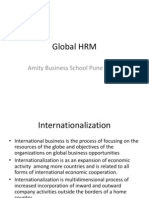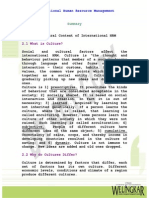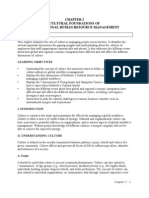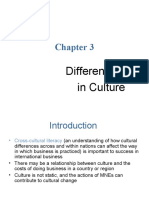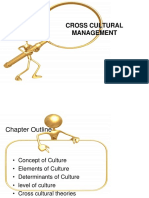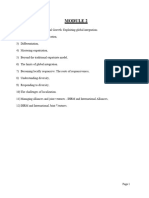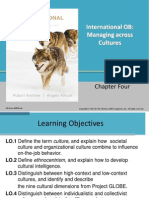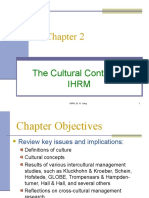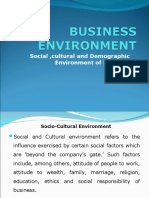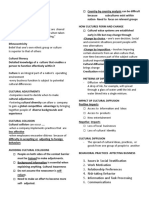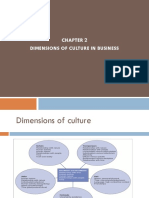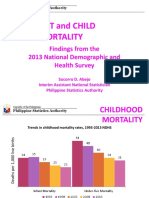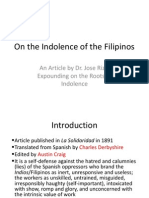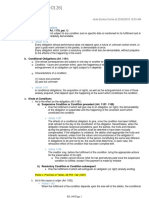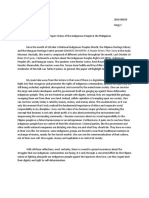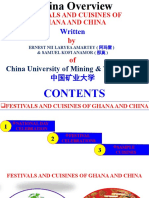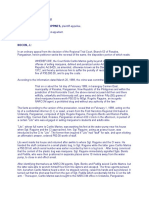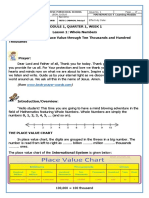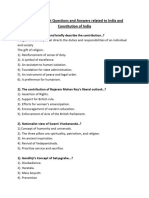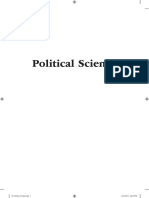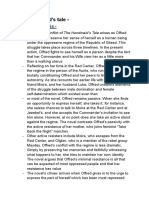0% found this document useful (0 votes)
108 views14 pagesBA 158 First Exam Notes
The document discusses how culture is essential for commerce, trade, and governance to function. It states that markets and governments are extensions of culture, not the other way around, and have always been secondary institutions that rely on the "emphatic cloak of sociability" created by culture to allow people to engage with each other. Culture provides shared values and behaviors that form the basis for social interaction.
Uploaded by
Kyle Osbert TolentinoCopyright
© © All Rights Reserved
We take content rights seriously. If you suspect this is your content, claim it here.
Available Formats
Download as DOCX, PDF, TXT or read online on Scribd
0% found this document useful (0 votes)
108 views14 pagesBA 158 First Exam Notes
The document discusses how culture is essential for commerce, trade, and governance to function. It states that markets and governments are extensions of culture, not the other way around, and have always been secondary institutions that rely on the "emphatic cloak of sociability" created by culture to allow people to engage with each other. Culture provides shared values and behaviors that form the basis for social interaction.
Uploaded by
Kyle Osbert TolentinoCopyright
© © All Rights Reserved
We take content rights seriously. If you suspect this is your content, claim it here.
Available Formats
Download as DOCX, PDF, TXT or read online on Scribd
/ 14
